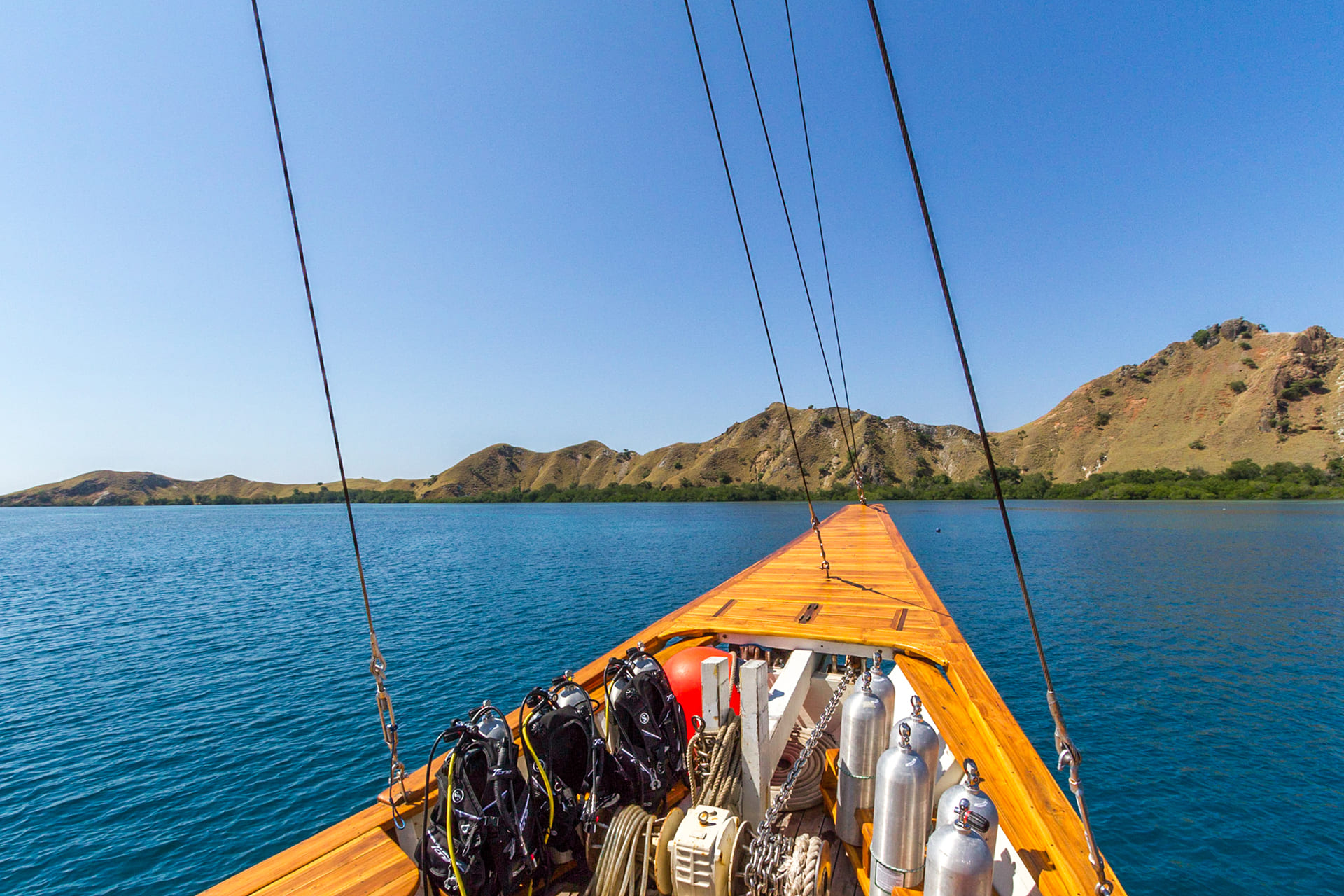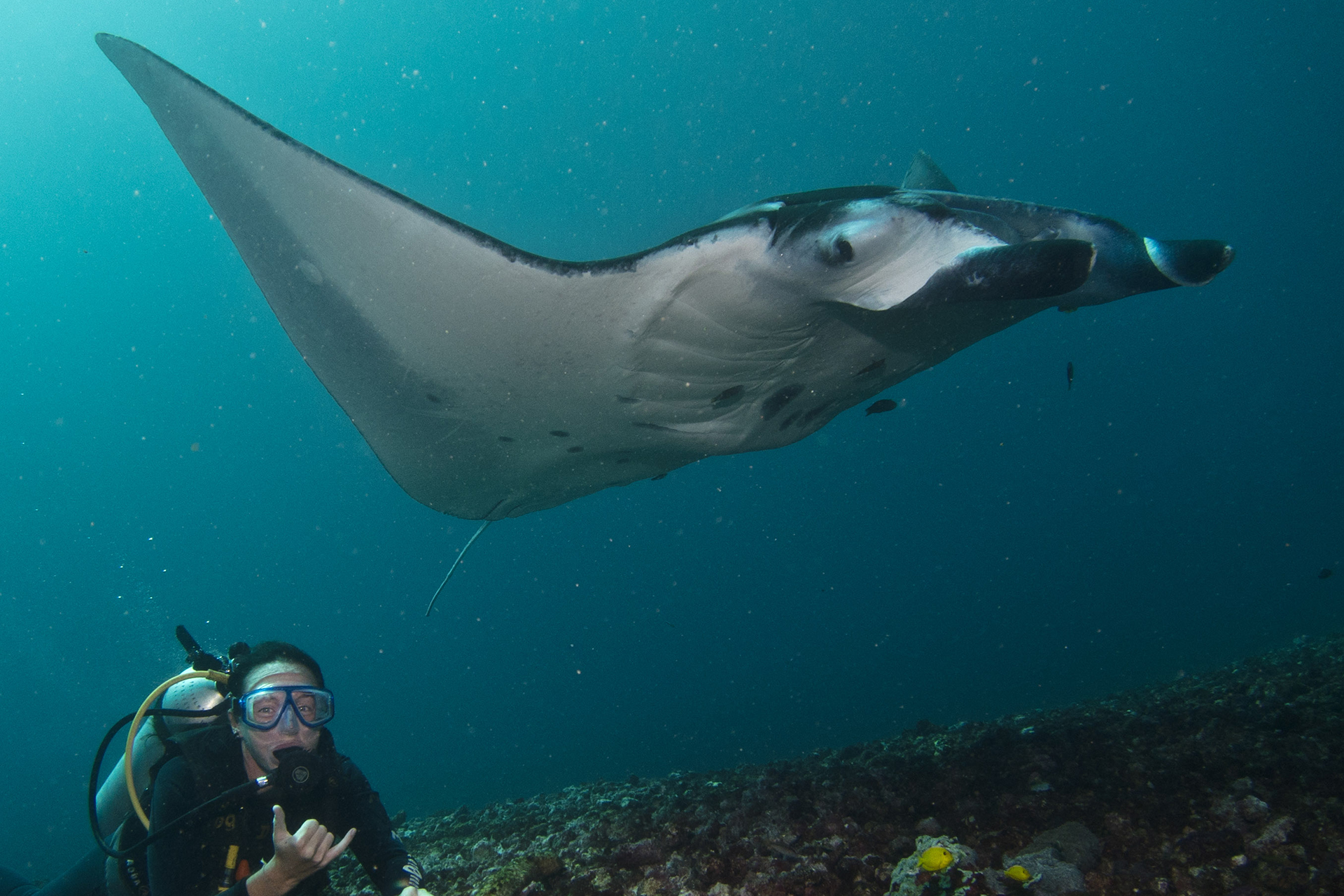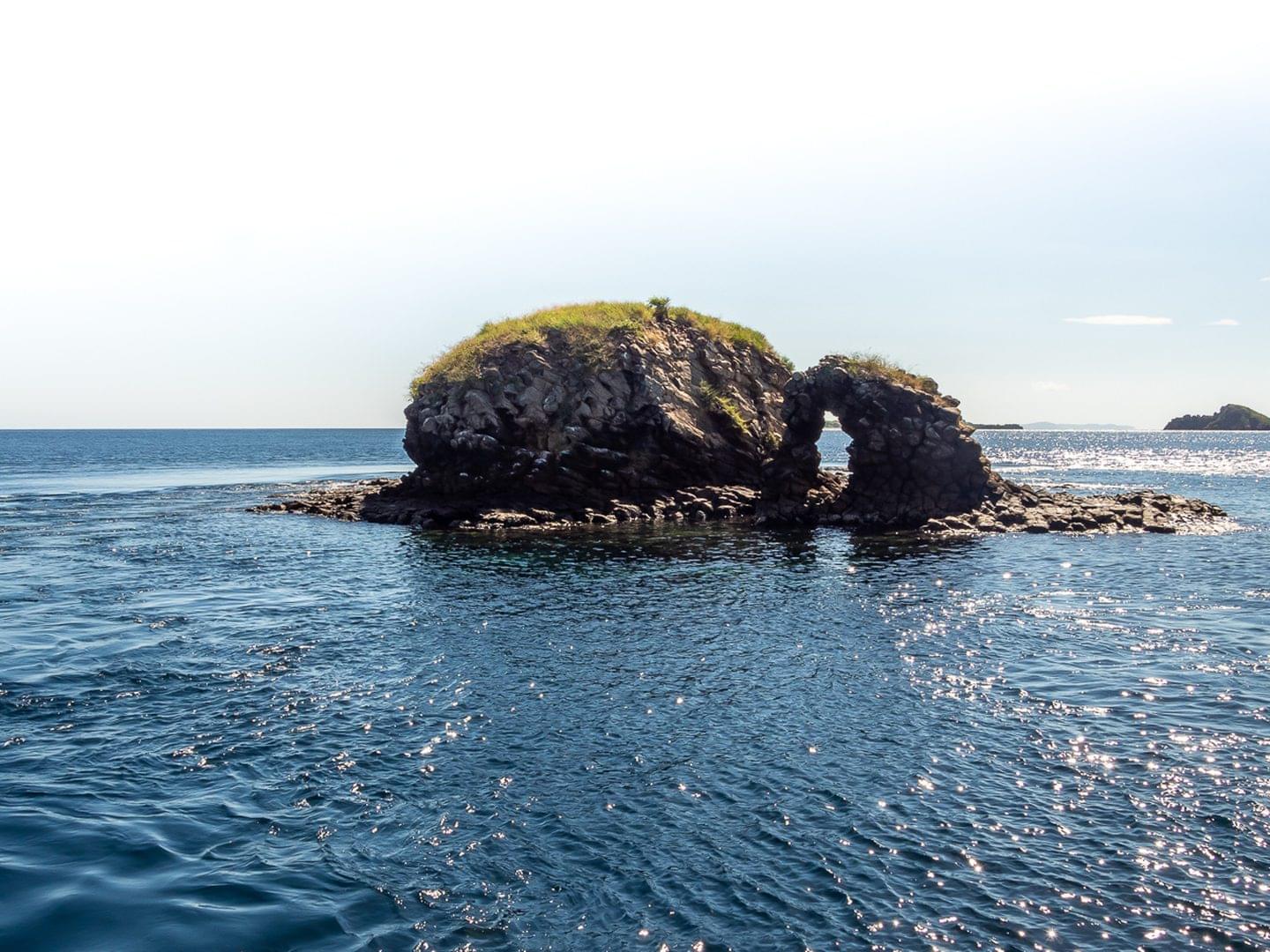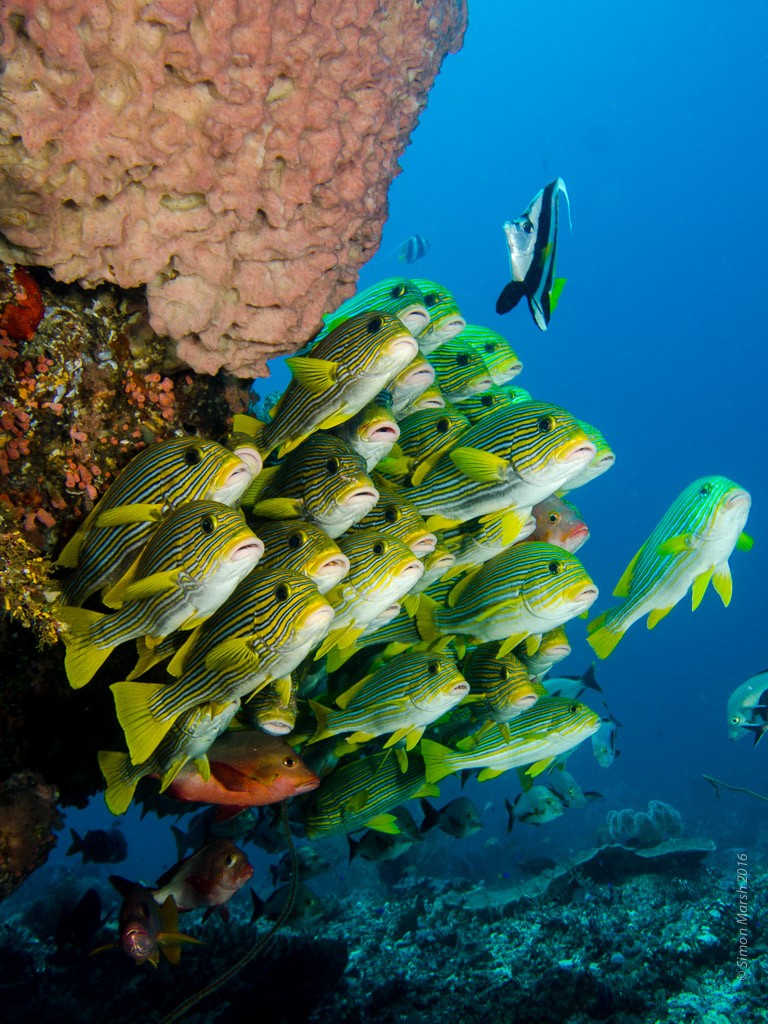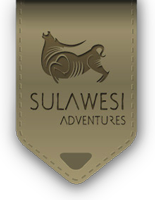Crystal Rock is a seamount in open water, covered by soft corals, that becomes exposed at low tide making the tip of the pinnacle visible from the surface. This site has very clear water with crystal clear visibility, hence the name of it. This great visibility will allow to easily spot all the diverse life in the blue. After descending with the current, you will find this stunning rock formation and is then when the action begins, you will see some grey reefs sharks, white tip and black tips sharks. The rock and walls are encrusted with barrel sponges and an array of colorful soft corals and large fans, making this, a very eye catching dive. You will also encounter schools of bat fish, giant trevallies, schools of tuna, eagle rays, snappers, huge schools of fusiliers, napoleon wrasse, angel fish, parrotfish, thousands of anthias, schools of yellow-ribbon sweetlips, butterflyfish, moray eels, damselfish, triggerfish, pufferfish mackerel, surgeonfish, crocodile fish, grouper, and also barracudas are often hunting around. Sometimes you can even spot dolphins in Crystal Rock, so keep your eyes wide open!
